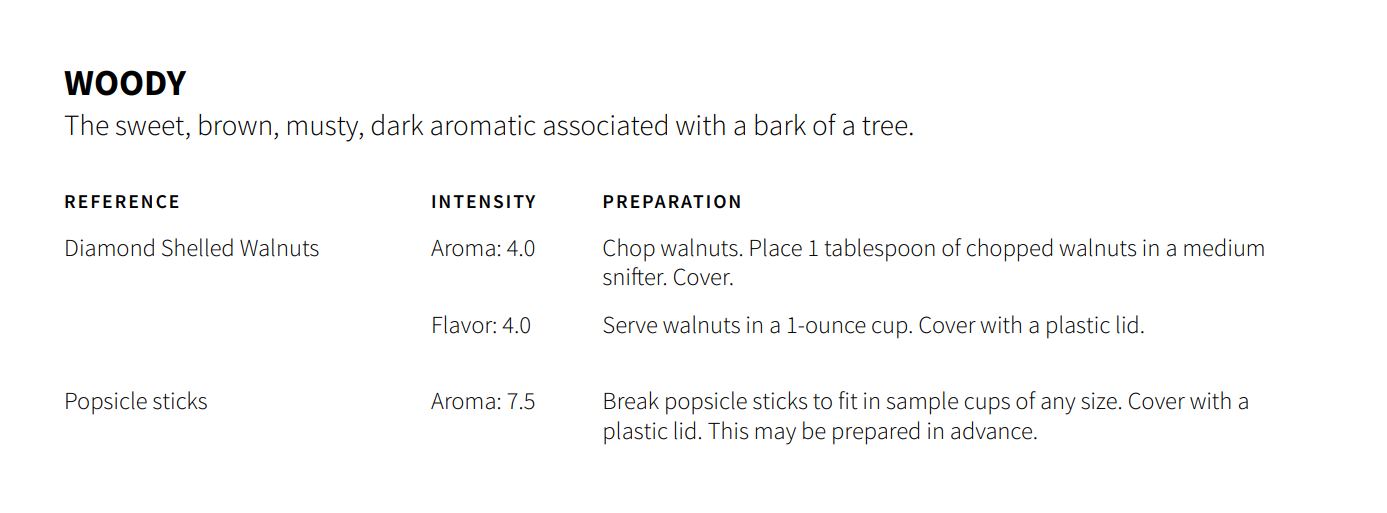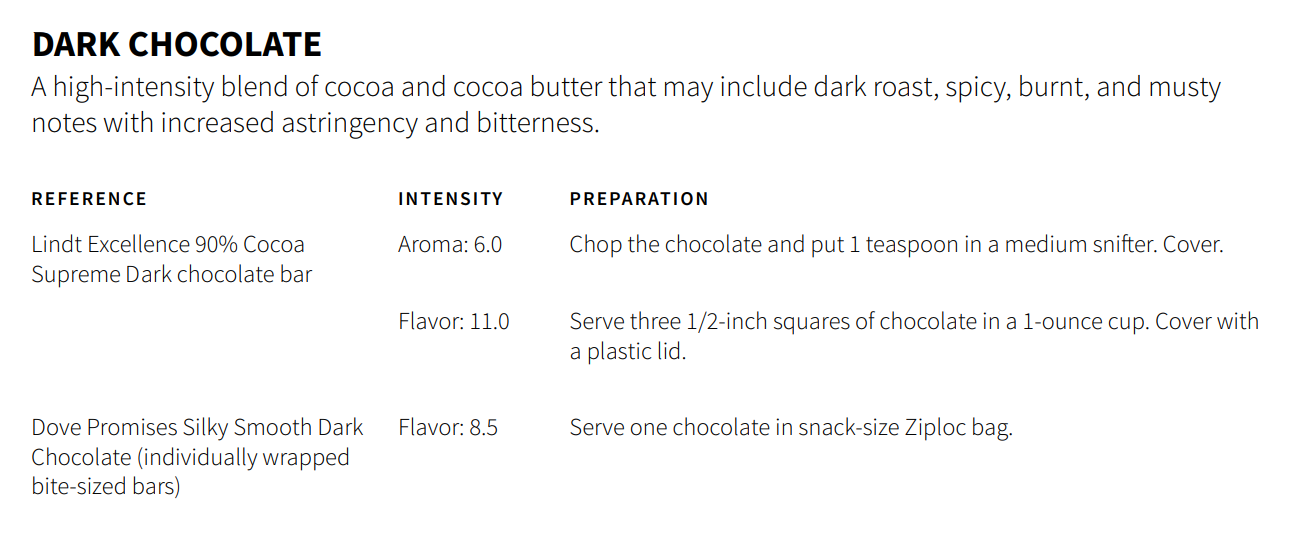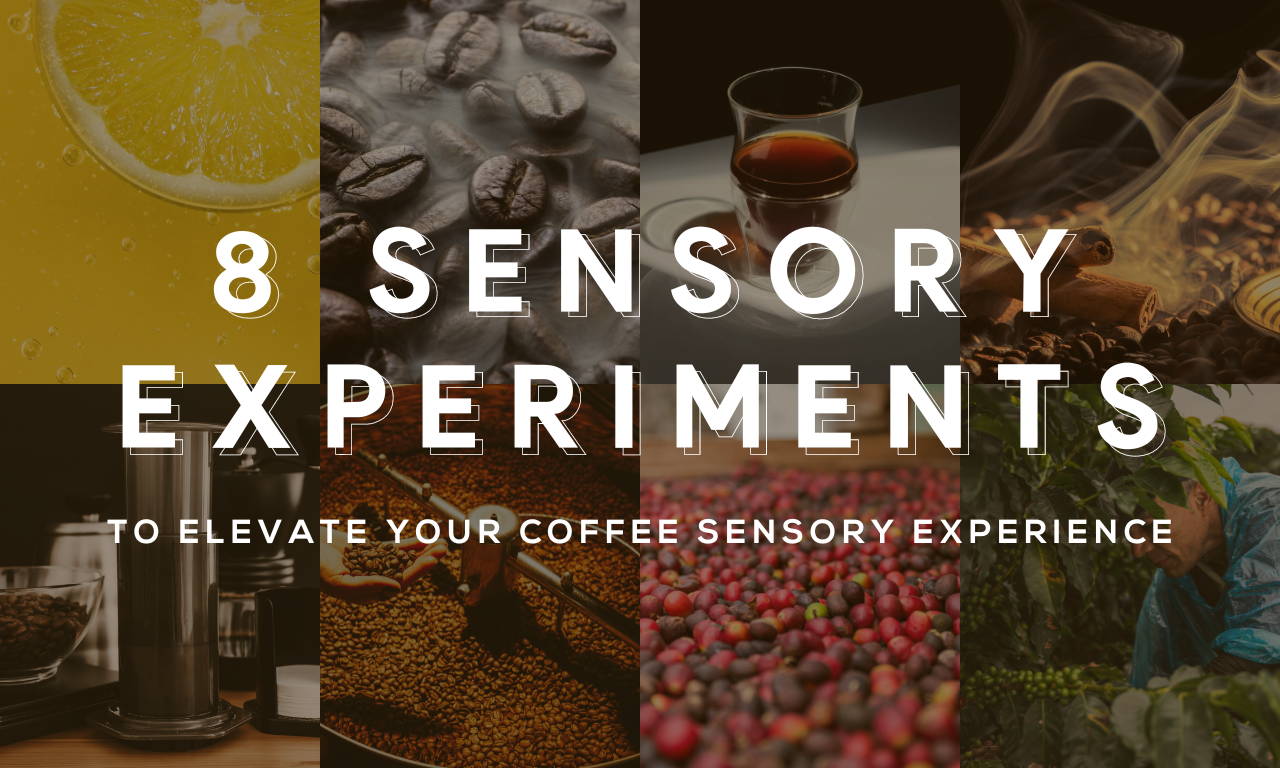
Coffee is an incredibly complex and versatile drink with rich flavors and tantalizing aromas. With such a diverse array of brewing methods and beans available, there are countless ways to discover new and exciting flavors in every cup.
Whether you're a coffee connoisseur or a casual drinker, we’ve curated 4 tried & tested experiments and 4 sensory-bending experiments that will elevate your coffee game and allow you to unlock & fully savor the sensory pleasures of this delicious drink.
TABLE OF CONTENTS
Sensory Bending Experiments
Tried & Tested Brewing Experiments
5. EXPERIMENT # 5: Explore New Flavors with Different Brewing Methods
6. EXPERIMENT # 6: Discover the Diversity of Coffee Flavors through Different Coffee Beans and Roasts
7. EXPERIMENT # 7: Find Your Ideal Flavor Profile with Different Grind Sizes
8. EXPERIMENT # 8: Extract New Flavors From Your Beans by Playing with Water Temperature
EXPERIMENT # 1: Flavor Experiments using the Coffee Sensory Lexicon
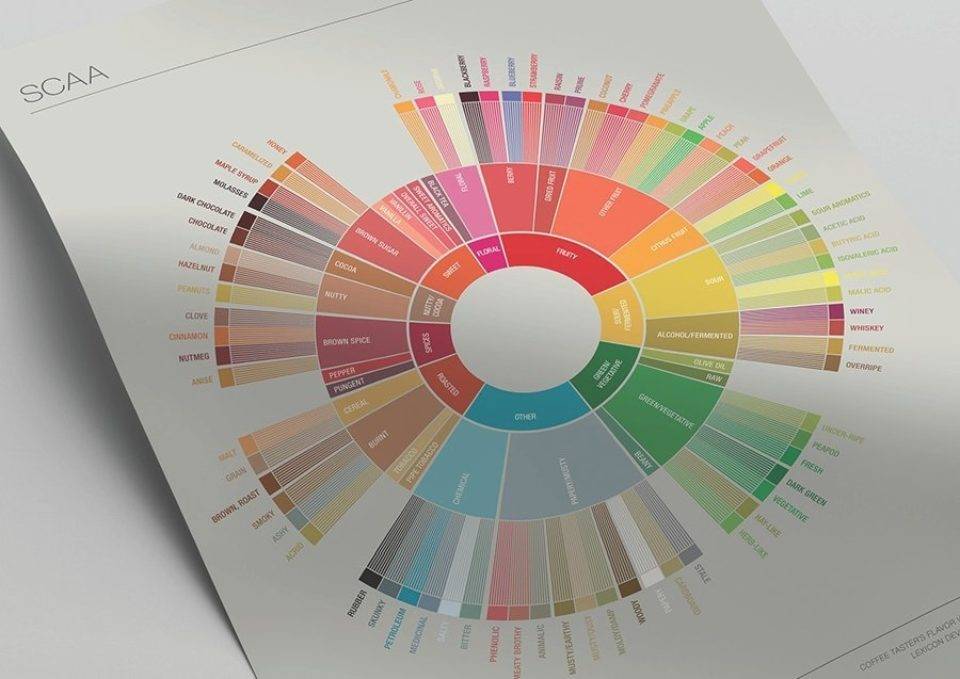
Image from https://worldcoffeeresearch.org/
Ever notice the flavor notes on the side of your favorite bag of coffee (ex. ‘peach’, ‘caramel’, ‘vanilla’) and wonder how the roaster was able to pick them up? And furthermore, how can you develop the keen sense of taste of smell to pick up on those same flavor notes?
For advanced coffee enthusiasts, the coffee sensory lexicon is a well-known tool for understanding and measuring coffee’s flavors and aromas. But in case you haven't heard of it, it’s a standardized list of descriptors and phrases used to describe the sensory characteristics of coffee. It is used by professional coffee tasters, also known as ‘coffee cuppers’, to objectively evaluate the flavor, aroma, and mouthfeel of coffee.
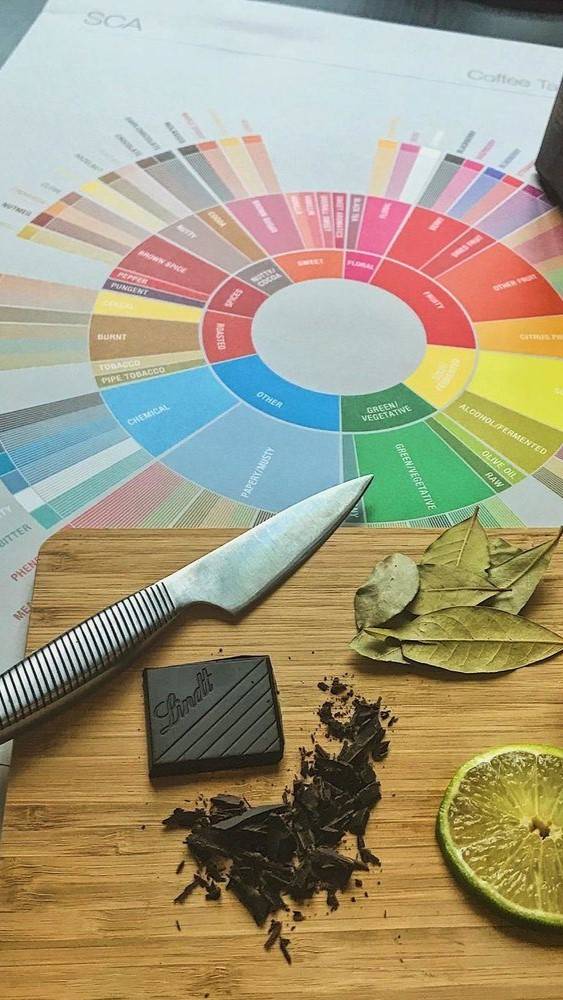
Image from http://www.starbucksmelody.com/
The coffee sensory lexicon includes terms for various flavors, such as 'fruity’, ‘nutty’, ‘chocolatey’, and ‘caramel’, as well as terms for aromas, such as ‘floral’, ‘spicy’, and ‘earthy’. It also includes terms for mouthfeel, such as ‘body', ‘acidity’, and ‘finish’.
What’s even cooler is that it contains practical experiments to reproduce the same flavor descriptors using common local grocery store ingredients.
By using the coffee sensory lexicon, coffee tasters can accurately describe the sensory characteristics of coffee and communicate their evaluations with their peers. This is important in the coffee industry, as it allows for consistent and objective evaluations of coffee quality.
But this isn’t limited to professionals, you can also use the Lexicon to do your own experiments at home to expand your own flavor library!
With this fun and easy coffee experiment, you can use ingredients from your local grocery store to enhance the sensory experience of your coffee.
Instructions:
1. Gather a selection of coffee beans with different flavor notes listed on the bag, such as ‘apple’, ‘brown sugar’, and ‘dark chocolate’. You can also try using beans with more unusual flavor notes, such as ‘coconut’, ‘woody’, and ‘cinnamon’.
2. Using the flavor notes listed on the bag as a guide, gather a selection of ingredients from your local grocery store following the instructions provided in the Coffee Sensory Lexicon.
Screenshots from the Coffee Sensory Lexicon.
3. Brew a cup of each coffee and allow the brewed coffee to cool to room temperature.
4. Taste each cup of coffee, paying attention to the flavor and aroma.
5. After tasting the coffee, follow the instructions from the Lexicon to either smell or taste the corresponding ingredient and then taste the coffee again.
6. Compare your experience of the flavor & aroma of the ingredient to the flavor of the coffee. Can you pick up on those flavor notes described on the bag?
This experiment is a fun and easy way to explore the flavors and aromas hiding in your favorite coffees, and it can help you develop your sensory perception and vocabulary. Who knows, you might even discover some new and exciting flavor combinations! So, the next time you see a bag of coffee with intriguing flavor notes, give this experiment a try and see how it enhances your coffee sensory experience.
EXPERIMENT # 2: Explore Flavors with Drinking Temperature
You can enhance your sensory experience of coffee by experimenting with the temperature at which you drink it. Some people prefer their coffee hot, while others like it iced or at room temperature. Each temperature affects the flavor perception of your coffee in different ways.
For example, a hot brew might bring out more of the bold, roasted flavors of the beans, while an iced brew might allow the subtle, nuanced flavors to shine through. A room temperature brew might be somewhere in between, allowing you to experience a balance of bold and subtle flavors.
Instructions:
- Brew up your favorite coffee
- Get a thermometer handy (or just gauge the temperature by touching the surface of the cup)
- Smell and taste the coffee at 60°C. Take note of the flavor notes.
- Repeat the same process at 50°C, 40°C, 30°C, 20°C, etc. How does the flavor develop as the temperature changes?
- You could even pour the same coffee into two separate cups and swirl one (or add ice) to cool it down faster. Do you prefer the bold, roasted flavor of a hot brew, or the subtle, nuanced flavor of an iced brew?
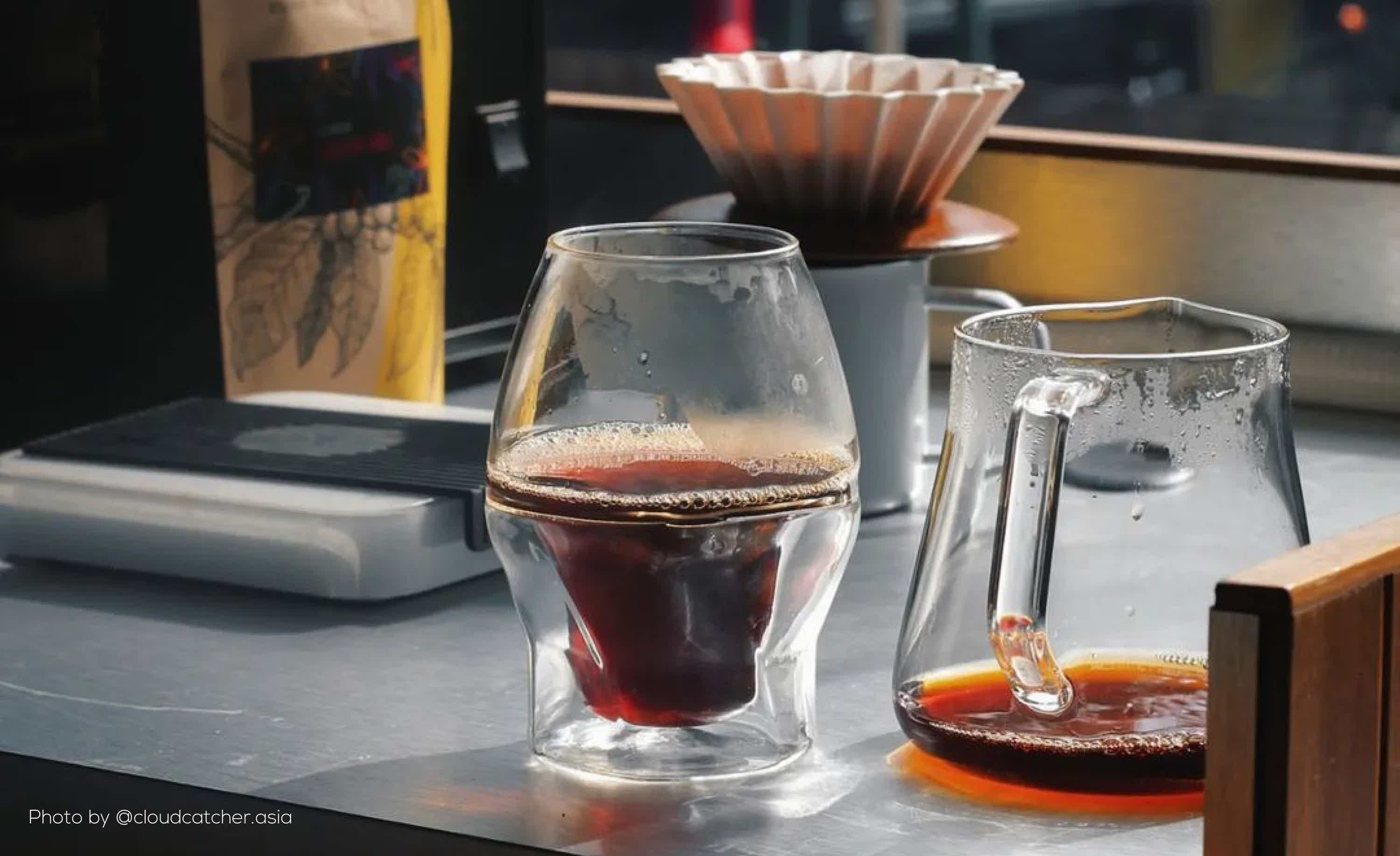
Say hello to your new coffee e-zine for the most interesting news, tips, and trends in the world of coffee.
EXPERIMENT # 3: Experiment with Different Drinking Vessels
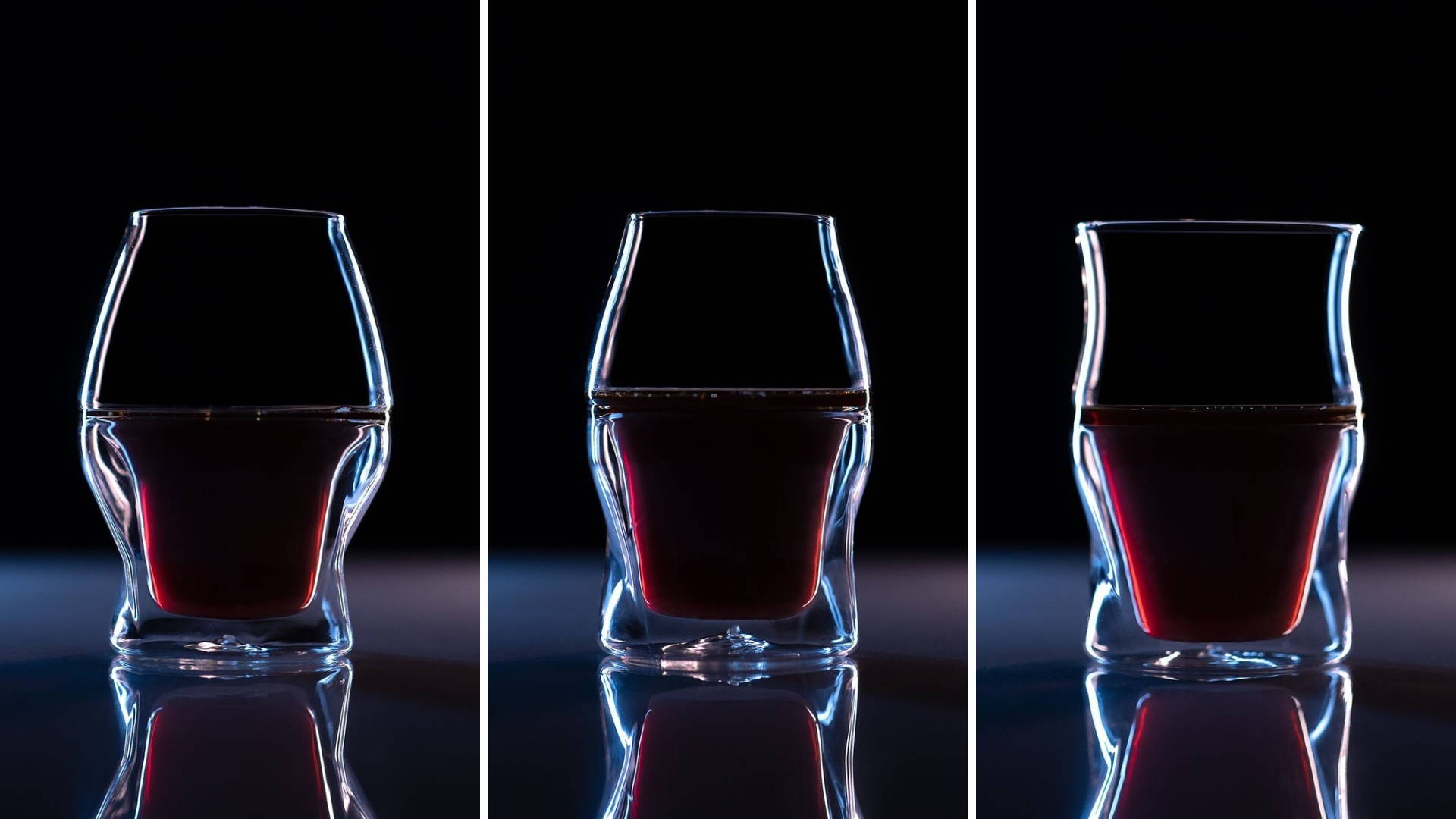
Image from @brewing.ibu
Another way to enhance your sensory experience of coffee is by trying out cups with different designs. The size, shape, material and even color of the cup can all affect the way the coffee smells and tastes.
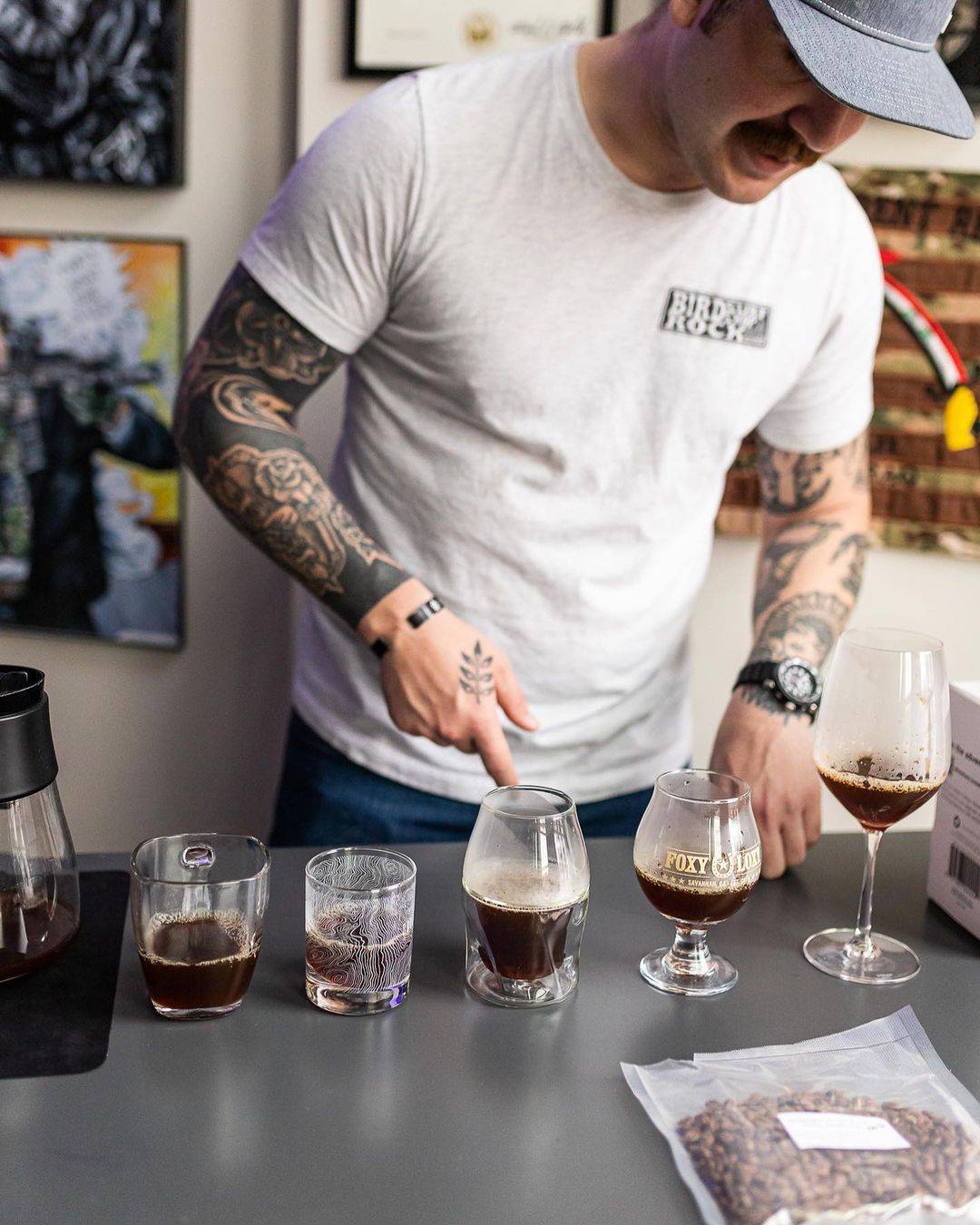
3.1. How does Vessel Shape influence flavor?
When it comes to enjoying coffee, most people focus on the beans, the brewing method, and the temperature of the drink. But did you know that the shape of the cup you drink from also has an impact on your sensory experience of coffee? From the size and material of the cup to the shape and thickness of the rim, there are many factors that can affect the way your coffee smells and tastes.
For example, an ordinary wide-mouthed mug will allow more of the aroma to escape, while a narrow-mouthed tumbler will concentrate the aroma. The width and shape of the rim will also alter the way that the coffee flows onto your palate, influencing the way your tastebuds pick up on different flavors. Depending on the vessel shape that you choose, different flavor notes of your coffee will be highlighted.
Instructions:
- Gather a collection of different shaped cups and mugs (wine glasses, beer steins, regular coffee mugs, whiskey snifters, paper cups). The more diverse the shapes, the better the experiment!
- Brew up enough of your favorite coffee to pour into each of the cups.
- Smell and taste the coffee from each cup. Pay attention to how the different shapes and designs of the cups affect the aroma and flavor.
- You might discover that you prefer a tulip-shaped wine glass for its ability to focus the aroma, or a cup with a flared-rim for the way it directs the coffee over your tastebuds and enhances body.
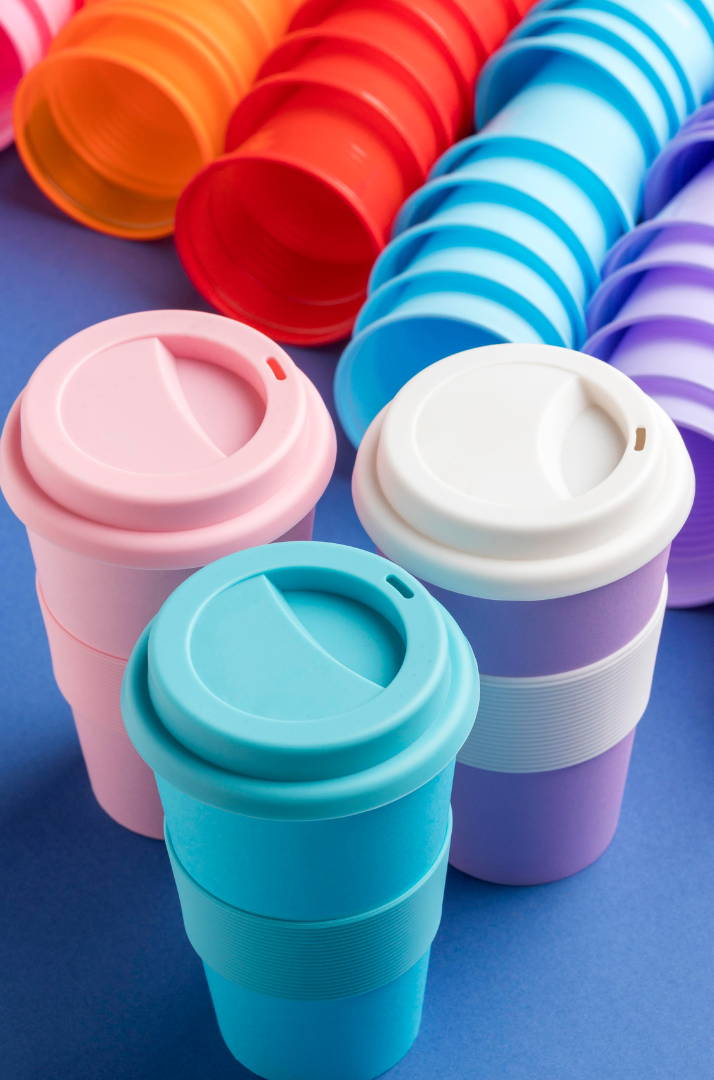
3.2. Does your cup color really affect taste?
The color of the cup you use can also have an impact on your sensory experience of coffee! According to research, the color of the cup can affect the perceived flavor and aroma of the coffee, as well as the overall enjoyment of the drink.
One study published by Fabiana Carvalho found that the color of the cup can alter the perceived sweetness and overall flavorof the coffee. Participants in the study rated coffee served in pink cups as sweeter and more flavorful than coffee served in white cups.
Another study published in the Food Quality and Preference journal found that the color of the cup can affect the perceived aroma of the coffee (Piqueras-Fiszman et al., 2014). Participants in the study rated coffee served in yellow cups as having a more intense aroma than coffee served in clear cups. The authors of the study suggest that the yellow color of the cups may have created a "contrast effect" that enhanced the perceived intensity of the coffee's aroma.
So the next time you sit down to enjoy a cup of coffee, try experimenting with the color of the cup – it might just enhance your sensory experience of the drink.
Instructions:
- Gather 2-3 different colored mugs (blue, pink, black, it’s up to you! You can even compare a clear glass cup to a regular ceramic mug)
- Brew up enough of your favorite coffee to pour into each of the cups.
- Smell and taste the coffee from each cup. Pay attention to how the different shapes and designs of the cups affect the aroma and flavor.
- By experimenting with different colored cups, you can discover how the color of the cup affects your sensory experience of coffee and find the cups that best suit your preferences. Just keep in mind that the effects of cup color on coffee perception can be subtle, and can even vary from person to person.
EXPERIMENT # 4: Swirl your coffee to unlock the aroma
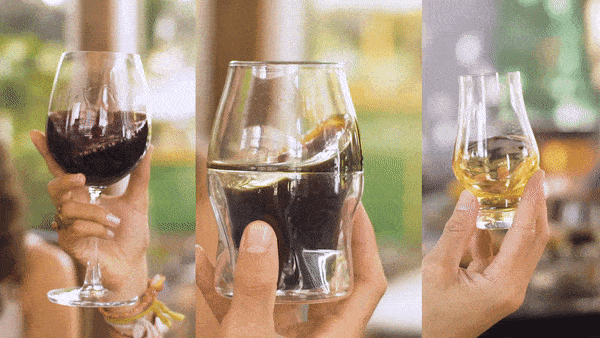
Image from @mrnihatcan
Swirling is something that wine and whiskey enthusiasts have long been familiar with as a technique to enhance and amplify aroma. What’s fascinating is that swirling your coffee also enhances your sensory experience.
Instructions:
- Brew and serve your favorite coffee in your cup of choice
- Without swirling, smell the coffee and take note of the aromas.
- Next swirl the coffee (be sure to practice safe swirling with hot coffee). Smell the coffee again and take note of any change in aromas.
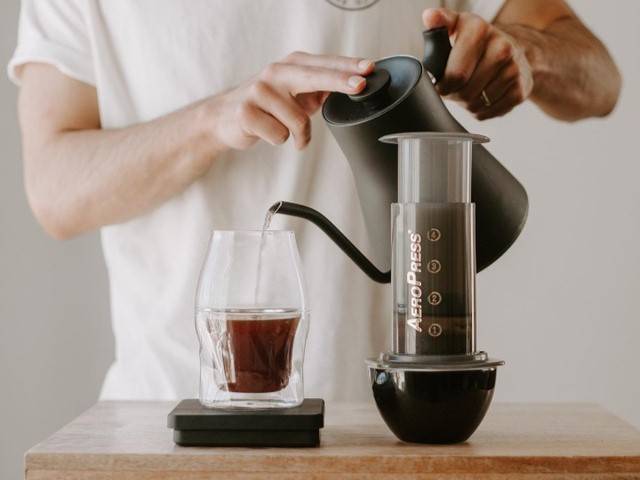
Image from @jimmythebarista
One of the first things you can try is brewing your favorite coffee using different methods. Manual pour over brew methods, French presses, and espresso machines are all popular choices, but each one produces a unique brew with its own distinct flavor profile. By trying out different brewing methods, you can discover which one you prefer and why.
For example, manual pour over methods give you full flexibility to play with different variables like turbulence, pour speed, and brewing device (ex. flat vs cone)–with each brew recipe and device producing unique flavor profiles. French presses, on the other hand, use a full-immersion method that allows the coffee grounds to steep in hot water, resulting in a full-bodied brew with a rich, smooth flavor. Espresso machines use high pressure to extract a concentrated shot of coffee with a bold, complex flavor. You might discover that you prefer the smooth, full-bodied flavor of a French press, or the bold, complex flavor of an espresso.
Instructions:
- Choose your favorite coffee to brew. Use two different brewing methods using the same coffee.
- Serve the coffee from the two brewing methods and pay attention to the taste, aroma, and mouthfeel of each brew.
- Was there a difference in the way that each brew method brought out the different flavors of the coffee? You might discover a new preference for a brew method that you didn’t consider before! (For example, if you always brew coffee using pour over, you might discover that brewing using Aeropress highlights the flavors better)
EXPERIMENT # 6: Discover the Diversity of Coffee Flavors through Different Coffee Beans and Roasts
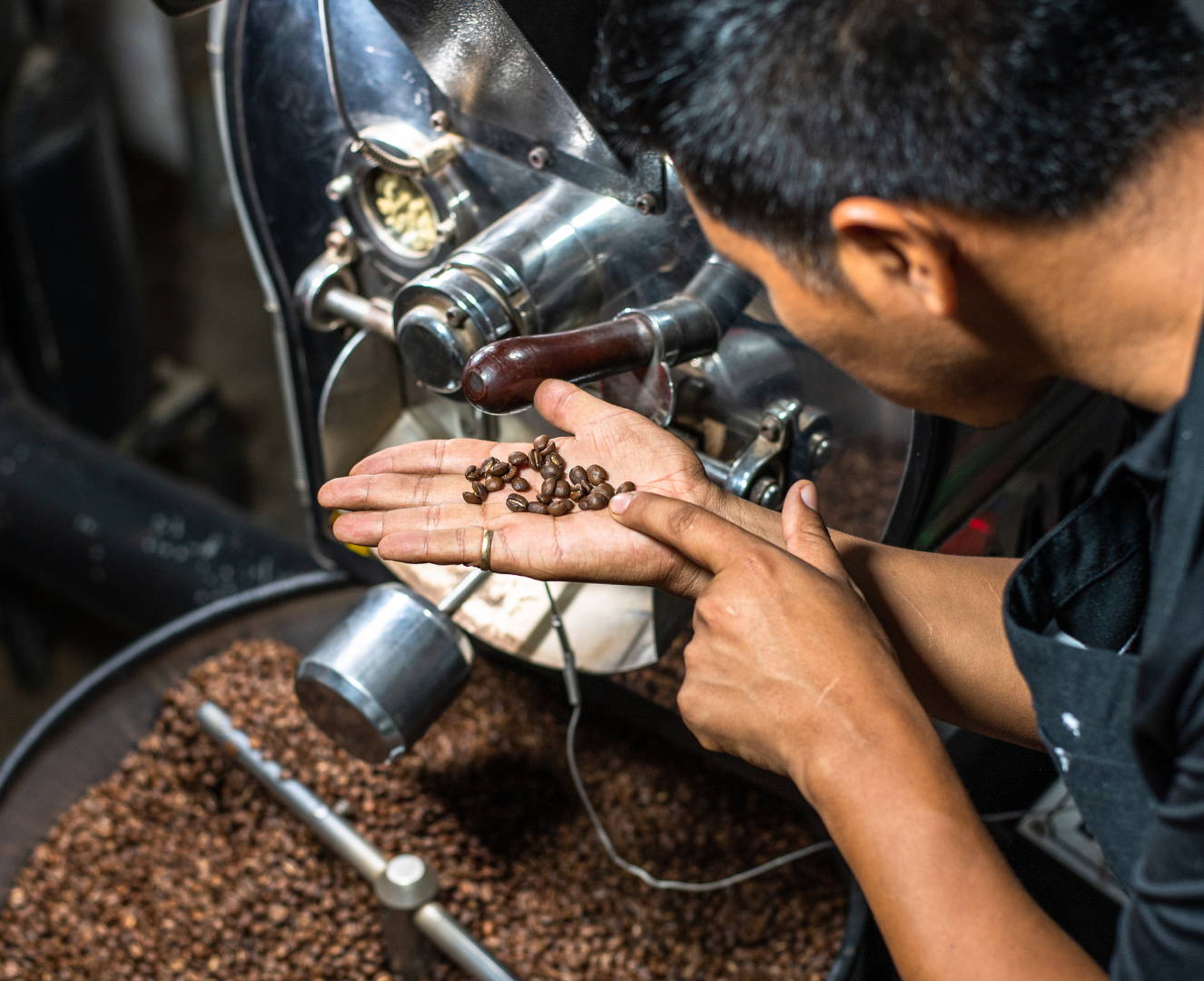
Another way to enhance your sensory experience of coffee is by experimenting with different coffee beans and roasts. Coffee beans are grown in many different regions around the world, and each region has its own unique climate, soil, and growing conditions that can affect the flavor of the beans. Additionally, the way the beans are processed and roasted can also have a big impact on their flavor.
For example, coffee beans grown at high altitudes tend to be denser and have a more complex flavor profile, while beans grown at lower altitudes tend to be sweeter and have a brighter flavor.
Roasts also play a role in the flavor of coffee. Light roasts tend to be more acidic and have a brighter flavor, while dark roasts are more bold and have a deeper, roasted flavor.
Instructions:
- Gather a selection of coffee beans with different origins and roast levels. Some of your roast options might include light, medium, and dark roasts, as well as beans from different regions such as Central America, South America, and Africa.
- Brew batches of coffee using your selected beans and your preferred brewing method.
- Pour a cup of coffee from each batch of beans, and allow the coffee to cool to a comfortable drinking temperature.
- Taste a small amount of coffee from each cup, paying attention to the flavor, aroma, and mouthfeel.
- Record your observations, noting any differences in the characteristics of the coffee made with different beans and roasts!
By trying out different beans and roasts, you can discover which ones you prefer and why. You could even try blending beans from different regions or roasters to create your own unique blend.
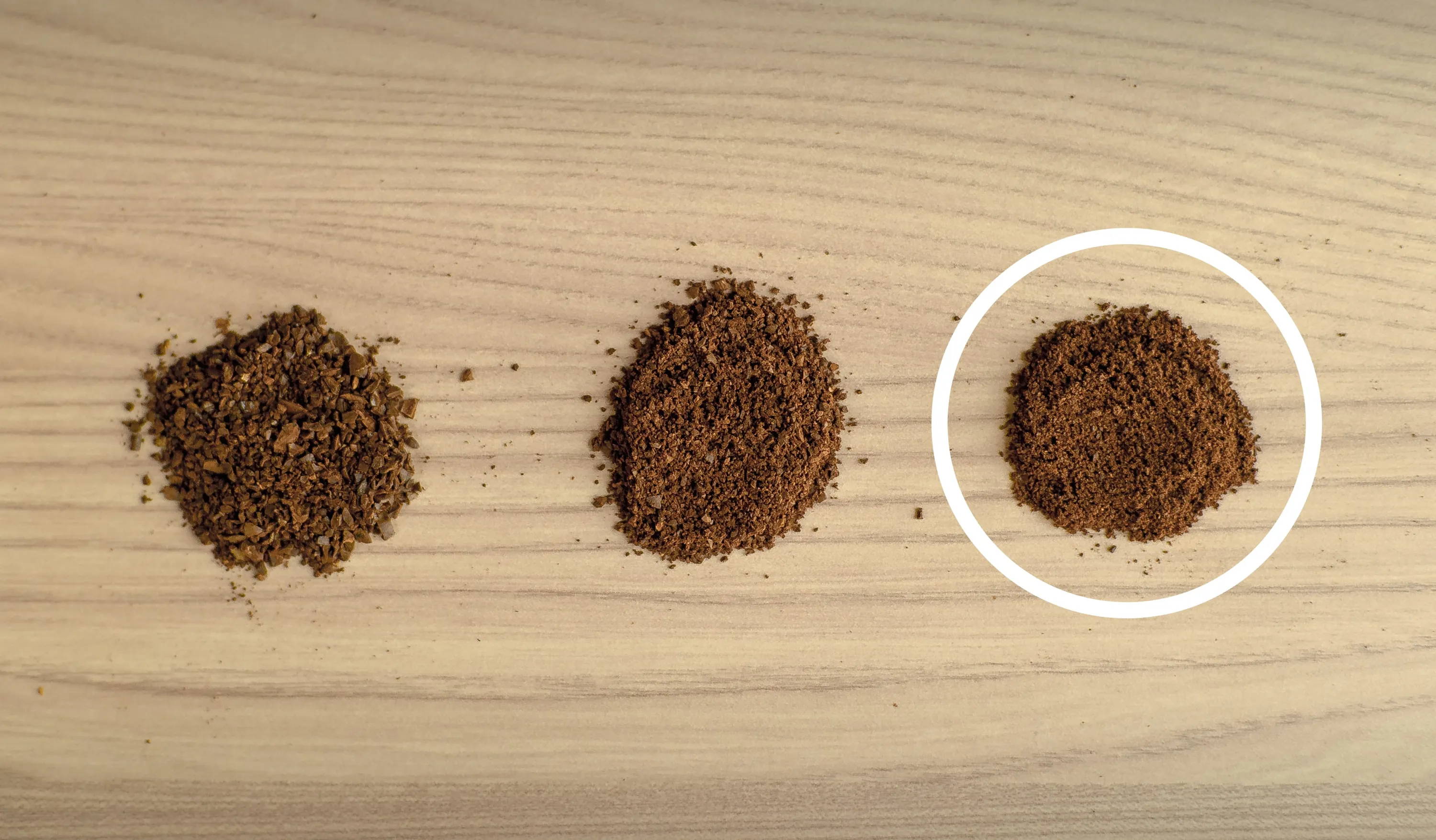
The size of the grind on your coffee beans can also affect the flavor of your coffee. Coarser grinds typically result in a more acidic brew, while finer grinds will produce a stronger brew with more body.
Instructions:
- To experiment with grind size, first gather your favorite coffee beans.
- Try brewing your coffee with both coarse and fine grinds, use the same brewing method, and compare the results.
- Pay attention to the flavor, aroma, and mouthfeel of each brew. You might discover that you prefer a coarser grind for a more acidic brew, or a finer grind for a fuller-bodied brew!
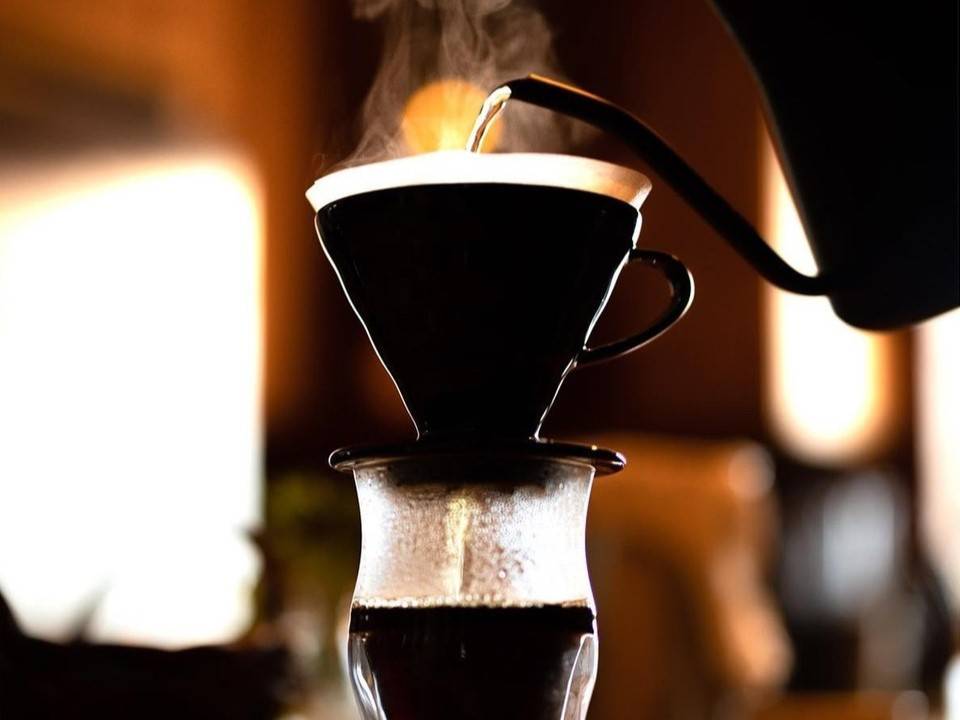
Image from @maginashunbrews
Water temperature is another important factor that affects the flavor of your coffee. Water that is too hot can extract bitter flavors from the beans, while water that is too cold can result in a weak, under-extracted brew.
Instructions:
- To experiment with water temperature, first get your favorite coffee beans.
- Try brewing your coffee with water at different temperatures and compare the results. A good starting point is around 93.3°C (200°F) but you can try going a little higher or lower to see how it affects the flavor of your coffee.
- As you experiment with water temperature, pay attention to the taste and aroma of your coffee. Does a hotter brew result in a more bitter flavor, or does it bring out more of the natural sweetness of the beans? Does a cooler brew result in a weaker flavor, or does it allow more of the delicate, nuanced flavors of the beans to shine through?
Conclusion
Coffee is a complex and versatile beverage that can be enjoyed in many different ways. By experimenting with different brewing methods, coffee origins and roasts, grind size, water temperature, drinking temperature, glasses, and swirling techniques, you can enhance your sensory experience of coffee and discover your own personal preferences.
Coffee is a never ending adventure of the senses, so grab your favorite beans and get brewing!


